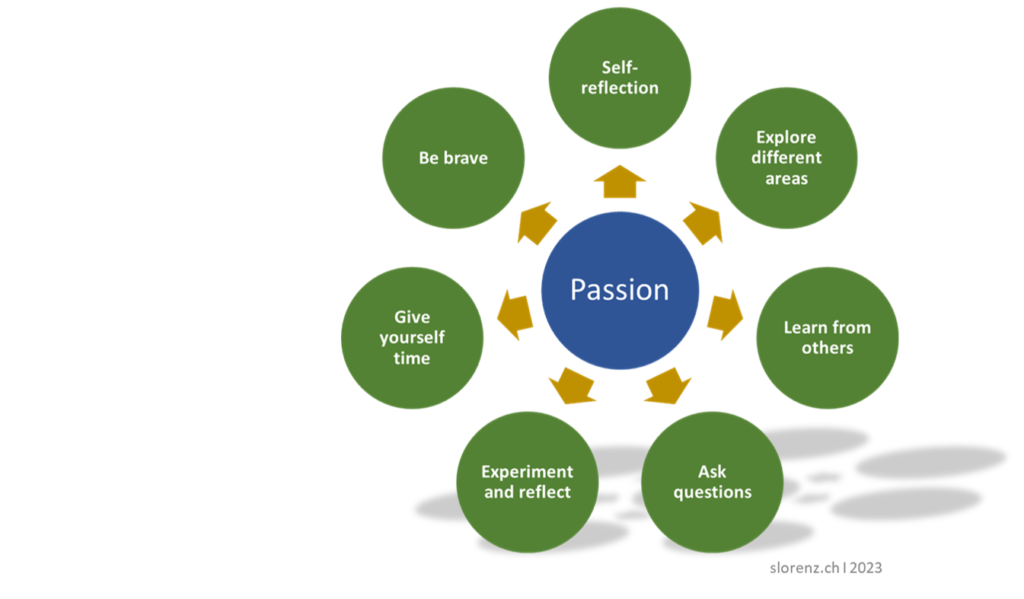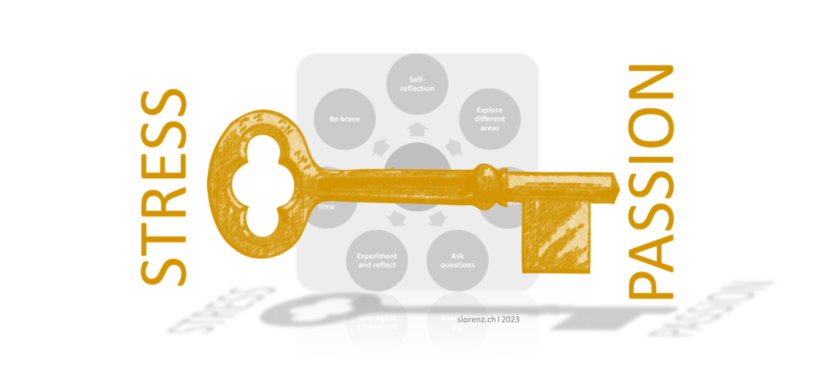Do you know the feeling when you stare mindlessly at your screen, the task to be done stands in your way like an unconquerable mountain and this loop in your head keeps telling you: “What am I still doing here? Suddenly the memory is in front of you in the form of your supervisor and panic sets in. With a lump in your stomach and beads of sweat on your forehead, you can’t go to lunch with your colleagues again.
This is a phenomenon that many people are familiar with. Workplace stress can be caused by a variety of factors, including high workloads, time pressures, unclear tasks or roles, insufficient resources, conflicts at work, lack of support from supervisors or colleagues, poor work environment, insecure employment conditions and poor work-life balance.
Workplace stress is a complex issue, and a holistic approach that combines employer and employee efforts is needed to promote workplace well-being and reduce stress.
A 2017 Gallup Institute survey, for example, found that only 15% of workers globally are fully engaged and satisfied with their work. Another study by Deloitte in 2018 found that 43% of Millennials surveyed plan to leave their current job within the next two years. These numbers suggest that there are a significant number of people who are dissatisfied or not fully engaged with their current job. It is important to note that job satisfaction is influenced by many factors and can vary from individual to individual. Some people may work in jobs that do not match their absolute passions, but still find some satisfaction or fulfilment in their work.
👉 With these references, it becomes clear how important it is that the relationship between people and work comes into the 💡 spotlight.
As human beings, we want to live a meaningful, healthy and satisfied life. In our everyday working life, we want to be able to pursue a passion that fits our values.
How do I find out what my passion is?

📌 Self-reflection: Take time to reflect on your interests, values, strengths and passions. Ask yourself what really excites and fulfils you. What activities or topics bring you joy and energy?
📌 Explore different areas: Be open to new experiences and try out different activities, hobbies or projects. Get involved in different activities to find out what you enjoy and where you feel alive.
📌 Learn from others: Look for role models or inspiring people who have already found their passion. Study their career paths or life stories and learn from their experiences. This can give you new perspectives and help you discover potential interests.
📌 Ask questions: Ask yourself what issues or challenges in the world really affect you. What issues do you want to actively address or improve? Finding a passion often goes hand in hand with a sense of purpose and a desire to have a positive impact.
📌 Experiment and reflect: Try different activities or projects and observe how they make you feel. Pay attention to your emotional reactions, engagement and energy. Reflect regularly on what works well and what doesn’t and adjust your experience.
📌 Give yourself time: Finding a passion is an ongoing process. Be patient with yourself and allow yourself to try out and explore different interests. Sometimes passion develops with time and experience.
📌 Be brave: It takes courage to follow your passion and possibly explore new avenues. Be willing to take risks and move out of your comfort zone to pursue your passion.
From a leadership perspective, it is very important for me to integrate these different elements into organisational development. This involves defining the design of the organisation in such a way that the organisation serves the employees, not the other way around, and recognising the passion of the employees and using it for sustainable development.
🔑 From this comes real traction for success!
What are your experiences?
If you are confronted with this challenge and need advice, I will be very happy to assist you.
I look forward to a constructive discourse with you.
Best regards
Stephan





